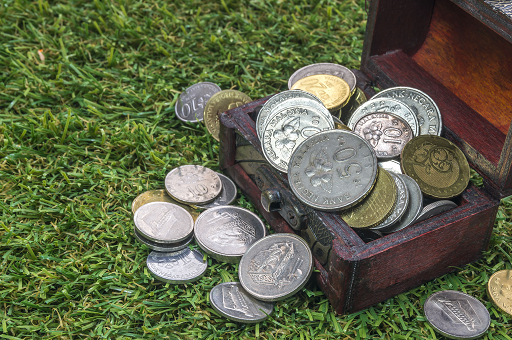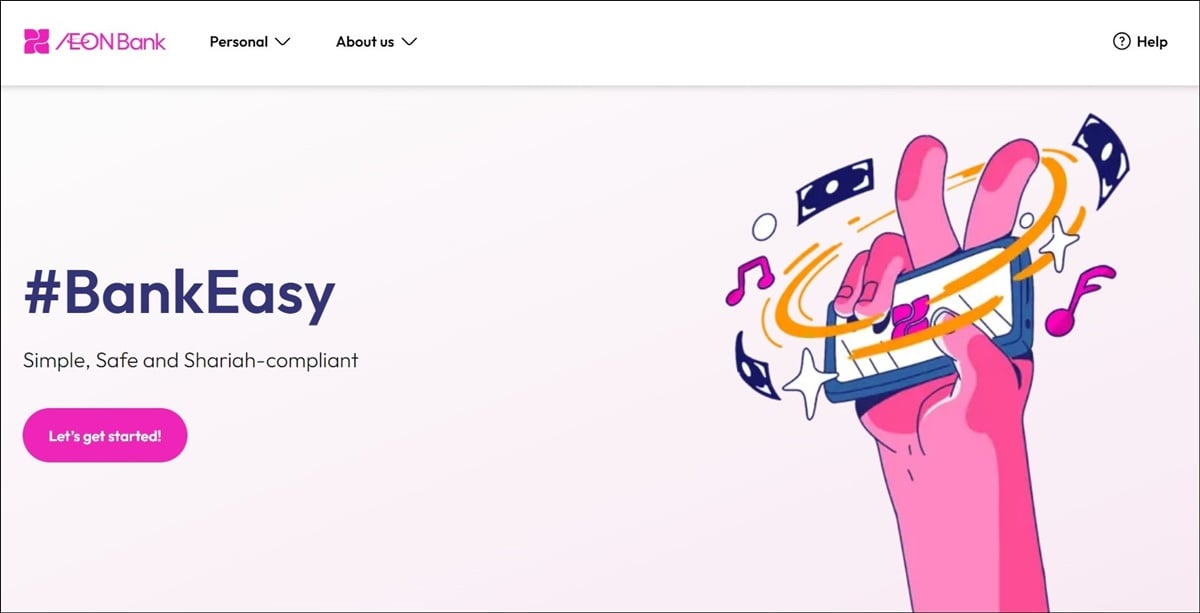Desiree Nair
11th June 2015 - 6 min read
Not having enough money to spend is a feeling most of us are familiar with and many are probably quite used to this reality. But what happens when emergencies arise and you truly are strapped? Personal loans offer fast cash solutions to help you fund your plans in the short term.
They do however come in an assortment of versions which can be perplexing if you haven’t applied for one before, so here’s an introduction to help you understand what personal loans are and the different types available in Malaysia.

What is a Personal Loan?
You can think of a personal loan as a method of financing that has the following features:
1) Shorter repayment tenure than other loans, typically 1 to 10 years;
2) on average loans out lesser money than a mortgage but with higher interest;
3) can be used to fund anything as it is in cash form, unlike a credit card.
Personal loans are attractively advertised as a viable way to plug cash flow leaks. Although, interest rates of 10-13% are the norm; you could get a lower rate depending on the risk factors connected to your application. Credit history of the borrower, loan amount, loan tenure as well as the industry the borrower works in will be considered when calculating the interest rate to offer.
Many institutions now offer personal loans to low-income individuals (albeit at much higher interest rates), special rates for GLC or government employees as well as ultra-quick approvals.
Note that you may apply for loans as little as RM1, 000 to as much RM150, 000 depending on the lender and your individual eligibility criteria.
Why Would You Need a Personal Loan?
This is probably the best part about personal loans – you can use it to finance personal need, which can be just about anything; a dream vacation, a designer bag or a lavish present. Sounds exciting, but a loan is four-letter word for a reason: many people find themselves in serious financial trouble because they did not fully understand the responsibility of repayment.
Consider carefully before taking on a personal loan. Do you really need it? If you can wait it out and save up, it probably isn’t the best idea to get a personal loan this time, but in case of emergencies, it may be a practical avenue for financial assistance. Personal loans are useful for bills and emergencies where a credit card just won’t cut it but be serious about repayment to avoid any untoward credit black mark.
Types of Personal Loans

As technical classifications for personal loans go, there are conventional secured loans, quick unsecured loans and consolidation loans. Here’s the low-down on each:
Secured personal loans
Secured personal loans are given out with collateral support, such as a fixed deposit or unit trust account in the same bank. It may also require a guarantor to be liable for your loan. These loans are less risky from the financier’s perspective and if you qualify will usually carry a lower interest rate than that of unsecured loans. It may also facilitate more substantial loan amounts.
It’s important to note that with secured loans, you do run the risk of losing the asset you’ve placed on collateral if unable to make repayments due to death or disability. A great add-on to your personal loan is an insurance scheme to protect the loan and the assets in question with the majority of lenders already making this a compulsory feature.
Unsecured loans
An unsecured loan requires no collateral or guarantor to support the loan and are the most common type of personal loan in the market. Of course, they come attached with higher interest rates than secured loans.
Approval and disbursement of these loans can be as quick as within the hour but the faster it is, the more you pay via high interest rates. Because unsecured loans are much riskier for the financier, approvals lean strongly on the eligibility of the applicant;considering his credit history, employment and income.
Consolidation loans
This type of personal loan helps you combine your debt (mostly from credit cards) and pay it off at once with funds obtained from a personal loan. Why would you want to take one loan to pay off another? Sounds counter-intuitive, but if done correctly you can more effectively pay down debt and free up cash flow for use to prevent the vicious cycle of borrowing to make ends meet.
Consolidation loans also often offer somewhat lower rates than the credit card’s 18% but remember that personal loans function on a fixed scale whereas credit cards work on a reducing balance.
Personal loans also come with a one-time fee usually accompanied by stamp duties and other bank charges, so do consider these as well to see if you really are coming out on top by consolidating your debt after these deductions.
Should You Take a Personal Loan?
A personal loan is a real helpful tool to bolster your finances – and as the boatloads of ads for personal loans will tell you, it finances your dreams. But dreams can quickly turn to financial nightmares if you aren’t ready to make the repayments.
To decide if you should take a personal loan; consider these questions:
1) Is cash the best method to help you in your particular situation or will a credit card suffice?
2) How much do you intend to borrow?
3) Can you comfortably repay the monthly instalments?
4) Is the amount of interest paid justified via the utility of the loan’s use (that is, is it worth it)?
If however, you really do need the funds and you expect with great certainty (as much as is possible) that you’ll have the income to pay it off, then you should consider it one of the possible paths toward personal financing. Word to wise: personal loans may look the same in form but may not all feature the same specifics. Do shop around to get the best possible deal for you. You could trawl multiple bank pages, or you could, you know… check out our personal loan comparator.








Comments (0)